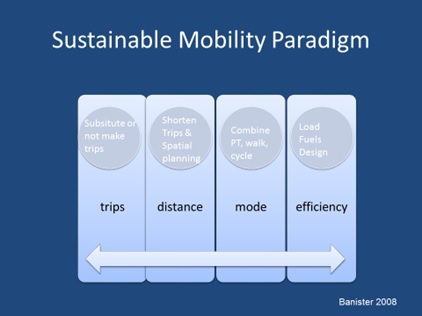The EU has set challenging targets for cutting vehicle CO2 emissions from road transport. By 2021, manufacturers will have to reduce emissions to 95g of CO2 per kilometre for passenger cars and 147g for vans – reduced from 186g of CO2 per kilometre for passenger cars in 1995, and 181g for vans in 2010. It is a key focus of the European Union’s ongoing policy development around the 2030 Climate and Energy Framework and is also important in relation to continuing international climate change negotiations. The automobile sector has invested in both vehicle engine technology and in innovative methods to reduce the weight of car components, from bumpers to seats. Significant steps have been made in car technology, including variable valve timing, turbocharging, stop-start systems and direct injection technology, as well as continued investment into alternative powertrains.
As a result, the average new car coming on to the road in 2021 will produce 42% less CO2 per kilometre than a new car bought in 2005.
Yet, additional future CO2 emissions reductions require a more comprehensive approach. The evolving policy framework should therefore include and support a broader mix of technologies and approaches. To realise this objective ACEA (European Automobile Manufacturer’s Association) has worked to share expertise and knowledge with stakeholders, in order to better understand how these technologies and approaches can deliver the greatest impact. This has led to over 50 stakeholders joining ACEA in launching the ‘Joining forces to tackle the road transport CO2 challenge’ initiative.
ECTP-CEU was also invited, together with other European businesses, trade associations, NGOs, research bodies and think tanks, to identify the technologies and approaches that can have the greatest impact on reducing CO2 emissions from cars and light commercial vehicles and to quantify the potential benefits.
This initiative is organised around four workstreams, which, according to ACEA, make up the major pillars that can contribute to a more comprehensive approach to CO2 emissions reduction. These workstreams involved an extensive dialogue with stakeholders, including two workshops which were led by external moderators.
Fuel options (moderated by Graham Floater, London School of Economics): including electrically chargeable vehicles, liquid biofuels and natural gas.
Intelligent transport systems (ITS) and the connected car (moderated by Annika Hedberg, European Policy Centre): the contribution of innovations in this field to further reducing road transport CO2 emissions.
Road infrastructure (moderated by Christian Egenhofer and Arno Behrens, Centre for European Policy Studies): how the design and operation of our transport infrastructure influences road transport CO2 emissions.
Eco-driving (moderated by Fabio Genoese, Centre for European Policy Studies): how changing driver behaviour can contribute to reducing transport CO2 emissions.
Obviously, ECTP-CEU, represented by Joris Scheers, only participated in the ‘Road infrastructure workshop’ dealing with design and operating transport infrastructure from a spatial planning point of view.
The outcome of these workshops, as well as additional materials provided by stakeholders, are captured in the document ACEA produced, which you can download on click here .
ECTP was invited to give additional feedback on the draft report. Based on the presentation given on the first workshop earlier this year, ECTP prepared a short reaction. Please provide further input before November 30th to This email address is being protected from spambots. You need JavaScript enabled to view it.
Elements brought in by ECTP-CEU during workshop Road infrastructure
- Need for a coherent spatial strategic vision, when dealing with road infrastructure
- Moving from car mobility to a diversity of mobility services through development of new network facilities, new concepts of individual transport, connecting networks, etc.
See f.i. Amazon-DHL-Audi - direct-to-car parcel dropoff (http://www.bbc.com/autos/story/20150424-audi-amazon-and-dhl-partner-for-direct-to-boot-package-dropoff)
- Linking road infrastructure and transport with other mobility systems and services
- Limit negative impacts of road transport near residential areas
- Road transport has a specific role to play at specific spatial scales. In residential and urban environments, motorized road transport can be reduced or replaced and organised in a more efficient and more sustainable way.
- Different answers for different situations and different scales
- Spatial planning can play a role in the transformation of already existing road infrastructure. Limited construction of new road infrastructures.
- When dealing with road transport policies, keep the Sustainable Mobility Paradigm in mind.

POLICIES / ENABLERS
- From infrastructure to (intelligent) network systems. Special attention to the nodes were different mobility systems are connected: the right location and an excellent spatial performance
- Spatial planning and charging infrastructure: new concepts, new possibilities, added value, cooperation and new business models.
Joris Scheers
President ECTP-CEU